What is quartz
Quartz is one of the most widespread and abundant minerals in the Earth’s crust, second only to feldspars. It makes up approximately 12% of the crust by volume. Its ubiquity can be attributed to its chemical composition—silicon and oxygen, the two most common elements in the crust. Unlike many minerals, quartz contains no rare elements, so there is nothing to limit its formation.
Occurrence in igneous rocks
Quartz is a major component of many igneous rocks, especially those rich in silica such as granite, rhyolite, granodiorite, pegmatite, and microgranite. In these rocks, quartz typically occurs as anhedral grains, meaning the crystals lack well-formed external faces. However, in quickly cooled volcanic rocks like rhyolites, pitchstones, and quartz porphyries, quartz may sometimes form euhedral phenocrysts with distinct outlines. These can later suffer from magmatic corrosion.1
In igneous rocks of intermediate silica content, quartz is present in smaller amounts, and in basic (mafic) rocks such as basalt and gabbro, its content is usually less than 5%. However, some types like quartz dolerites may still contain notable quantities. Quartz is incompatible with feldspathoid minerals such as nepheline, and is thus absent from silica-undersaturated igneous rocks like nepheline syenite.
Quartz also frequently forms intergrowths with other minerals in igneous rocks. Notable examples include graphic granite (quartz intergrown with potassium feldspar) and myrmekite (quartz intergrown with plagioclase in the presence of potassium feldspar). Such textures are common in acidic igneous and metamorphic rocks, particularly in granophyres.
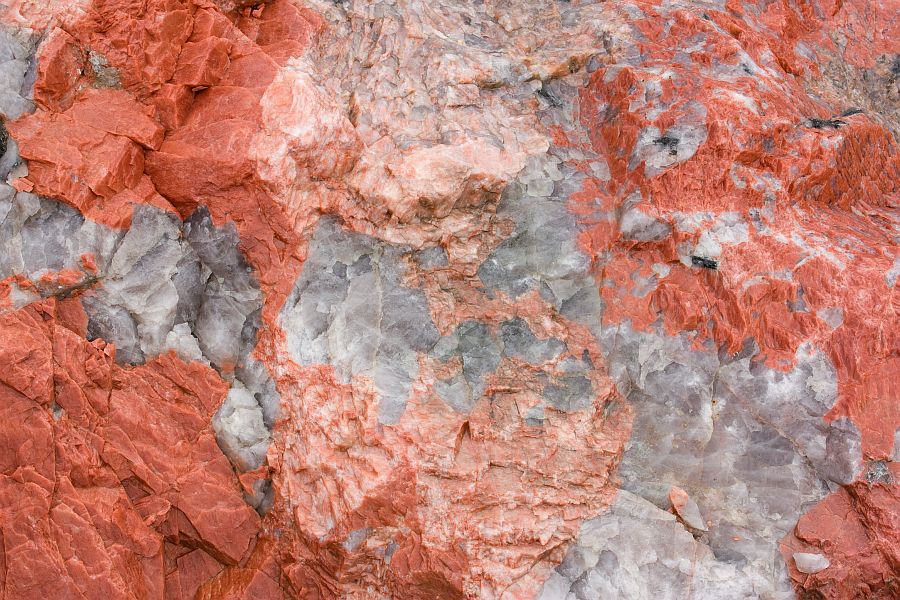
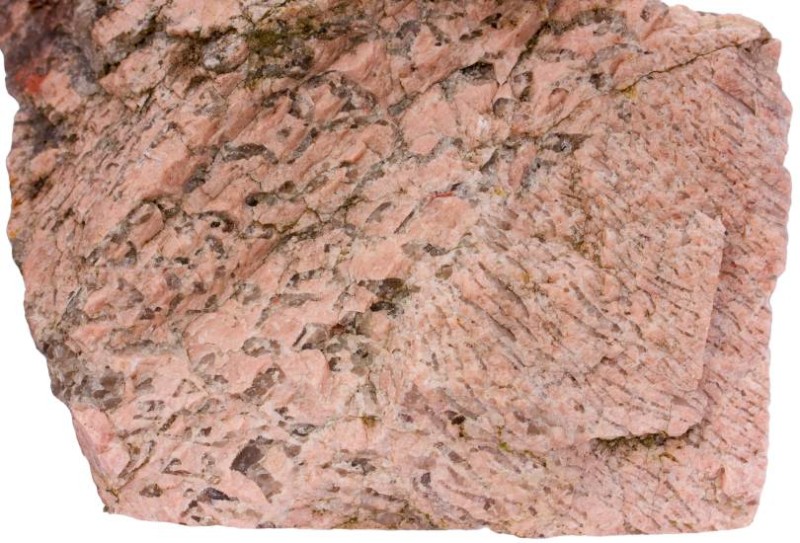
Occurrence in sediments
Quartz is exceptionally resistant to both chemical and physical weathering, making it the most important sand-forming mineral. Continental sands are dominated by quartz grains, which are often rounded and can be extremely old, even billions of years. Because quartz lacks chromophore elements, it has no intrinsic color and is usually white or transparent. However, impurities can give it a wide range of colors. For example, amethyst is a violet variety colored by traces of iron.
In sedimentary rocks, quartz occurs both as detrital grains and as secondary cement. During diagenesis, quartz may precipitate around existing grains, forming overgrowths that sometimes align crystallographically with the original grain. These overgrowths are often distinguishable by a thin rim of iron staining. In porous sandstones, secondary quartz commonly cements the grains together. Authigenic quartz can also form well-developed crystals in limestones, and small, doubly terminated quartz crystals have been found in iron-rich sandstones where they replaced dolomite. In oolitic rocks, quartz may form nuclei that are later enlarged by secondary silica, even crossing original calcareous boundaries.
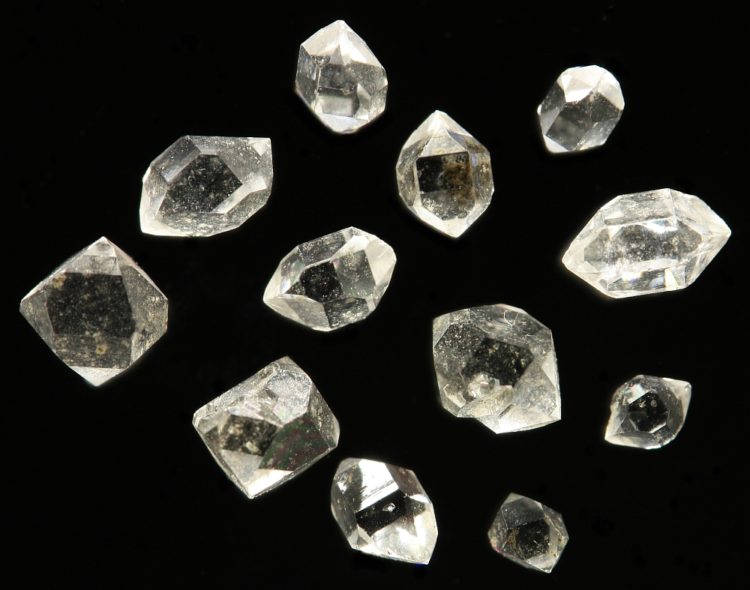
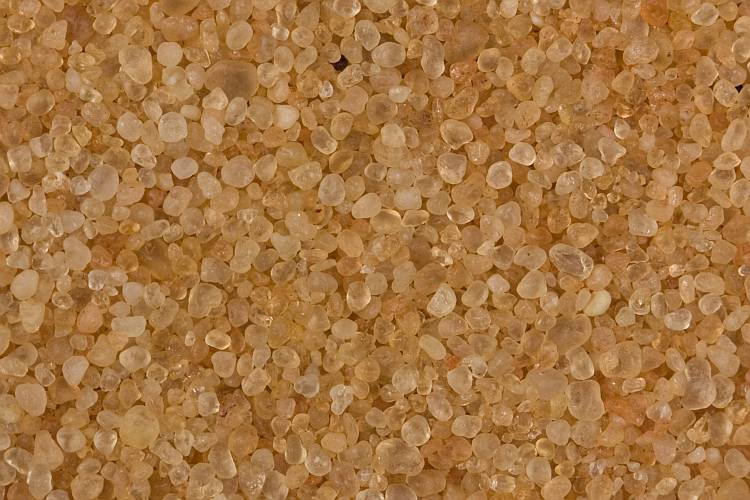
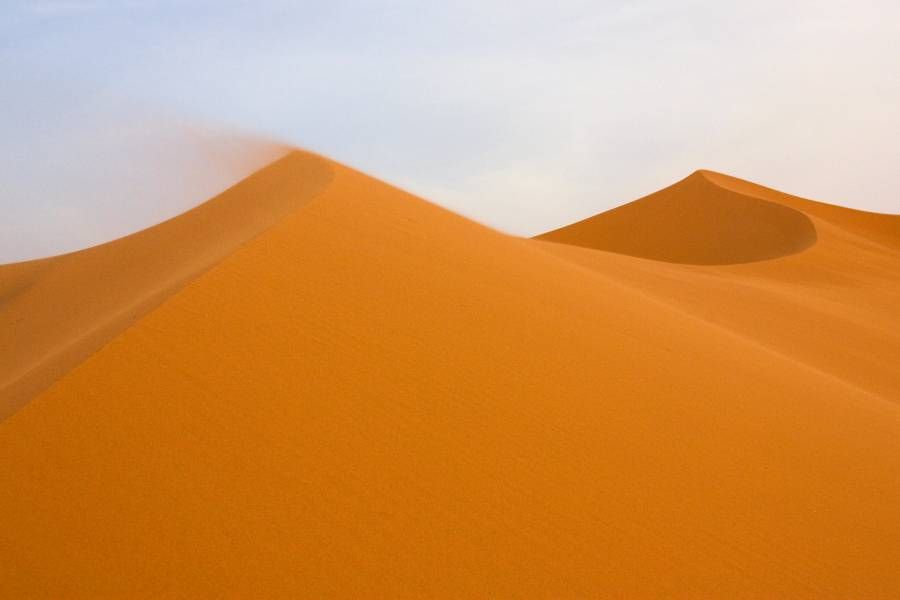

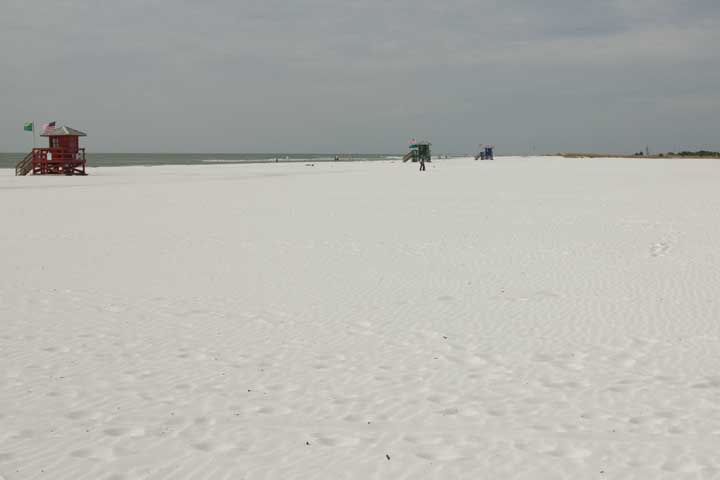
In metamorphic rocks
Quartz is highly stable under a wide range of metamorphic conditions. In quartz-rich sediments and igneous rocks that undergo metamorphism, quartz usually persists. At low-grade metamorphism, it may remain unchanged. As temperature and pressure increase, however, quartz recrystallizes, often forming larger grains. Additionally, metamorphic reactions that release silica (SiO₂) can lead to the formation of new quartz.
Quartz also features prominently in quartzite, a metamorphic rock derived from sandstone. Unlike clay-rich rocks, which undergo complex mineral changes during metamorphism, quartzite transformation is relatively straightforward due to quartz’s chemical simplicity.
Quartz is also a major mineral in hydrothermal environments, where it often fills fractures and voids in the crust along with economically valuable minerals.
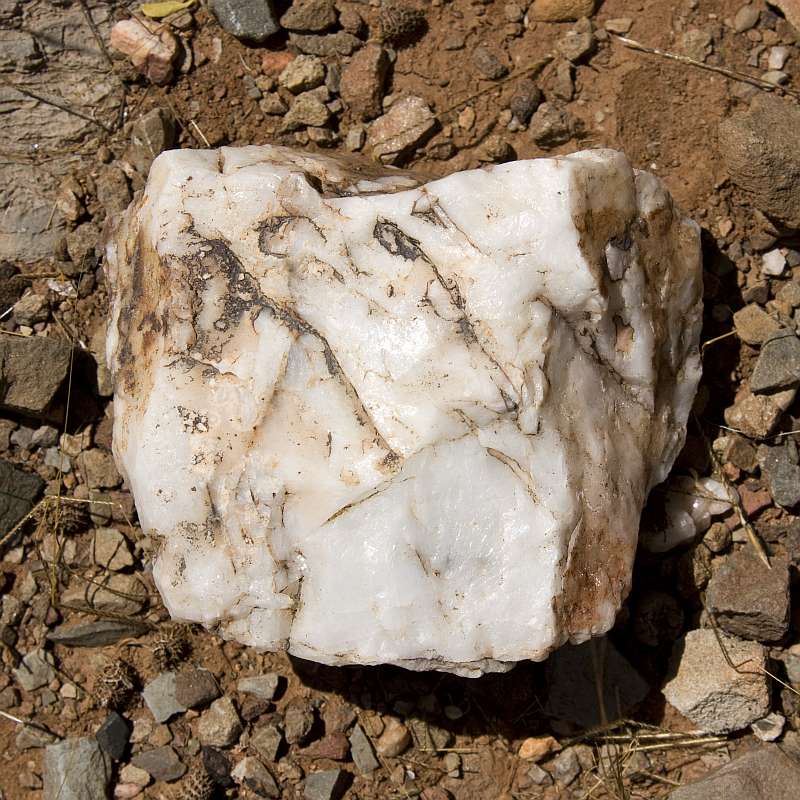
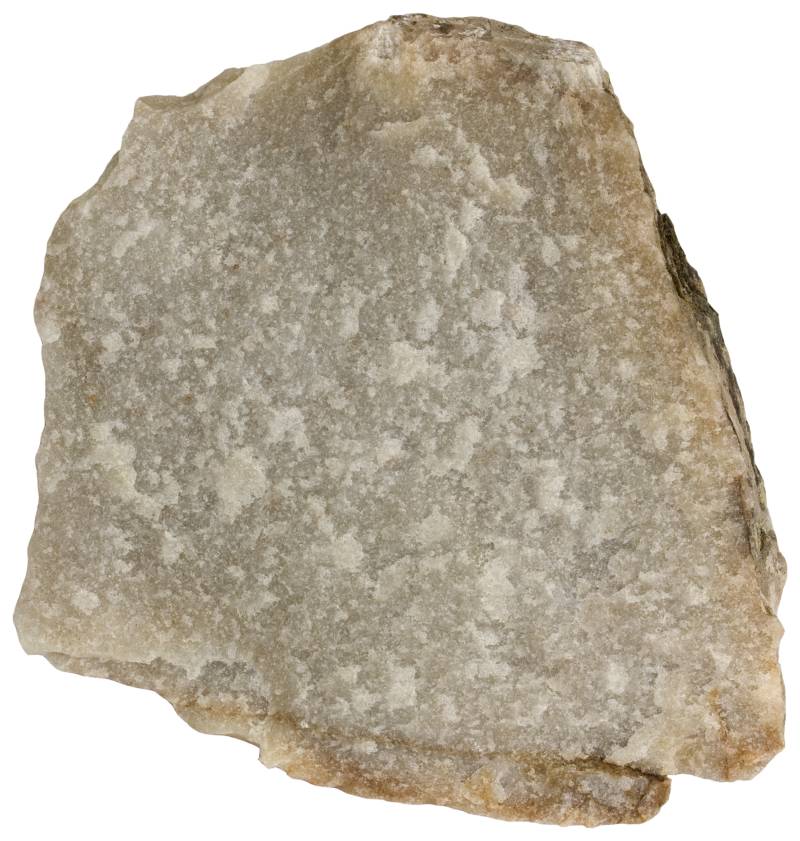
Uses of quartz
Quartz is not only one of the most common minerals in the Earth’s crust, but also one of the most versatile in terms of its uses. Its applications range from decorative gemstones to highly specialized industrial processes.
In its crystalline form, quartz is widely appreciated as a gemstone. Varieties such as amethyst (violet), citrine (yellow), rose quartz (pink), and smoky quartz (gray or brown) are popular among mineral collectors and in jewelry making. These stones are valued not only for their color and clarity but also for their relative abundance and durability, which make them affordable and widely accessible.
Beyond its aesthetic appeal, quartz has extensive industrial applications due to its chemical purity, hardness (Mohs 7), and resistance to heat and weathering. Ground quartz sand is a key ingredient in the manufacture of glass and ceramics. It is also used as a filler in rubber, paint, and adhesives.
Quartz is vital in electronics and optical industries as well. Due to its piezoelectric properties—its ability to generate an electrical charge when subjected to mechanical stress—it is used in precision instruments such as watches, pressure gauges, and oscillators. High-purity quartz is essential in the production of silicon metal, which is further refined into semiconductor-grade silicon for computer chips and solar panels.
Additionally, quartz is commonly used in the petroleum industry during hydraulic fracturing (fracking), where fine quartz sand, known as “frac sand,” helps keep fractures open to allow oil and gas to flow more freely.
In sum, quartz’s combination of beauty, durability, and unique physical properties make it a cornerstone material in both decorative and industrial domains.
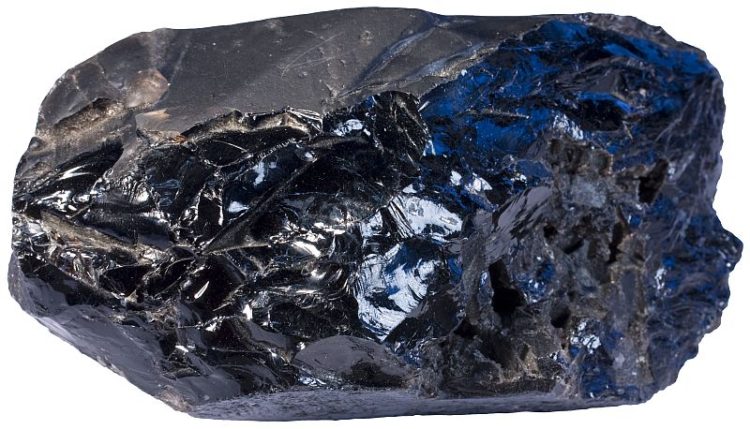
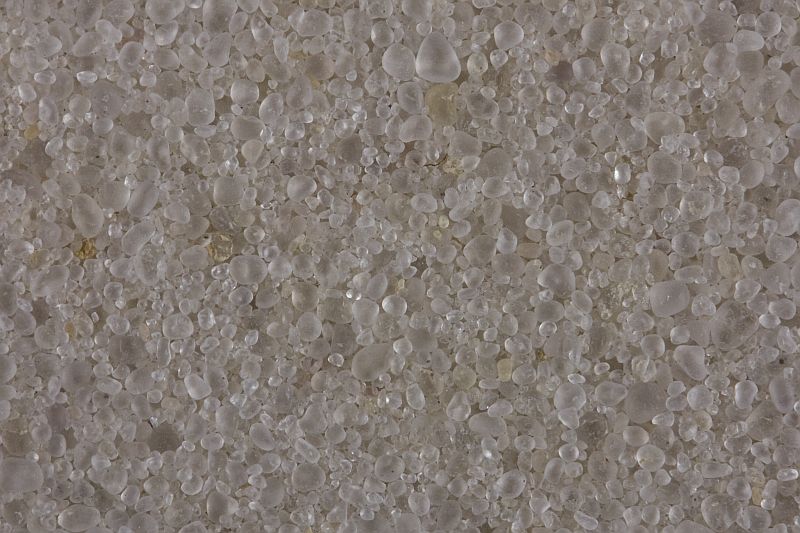
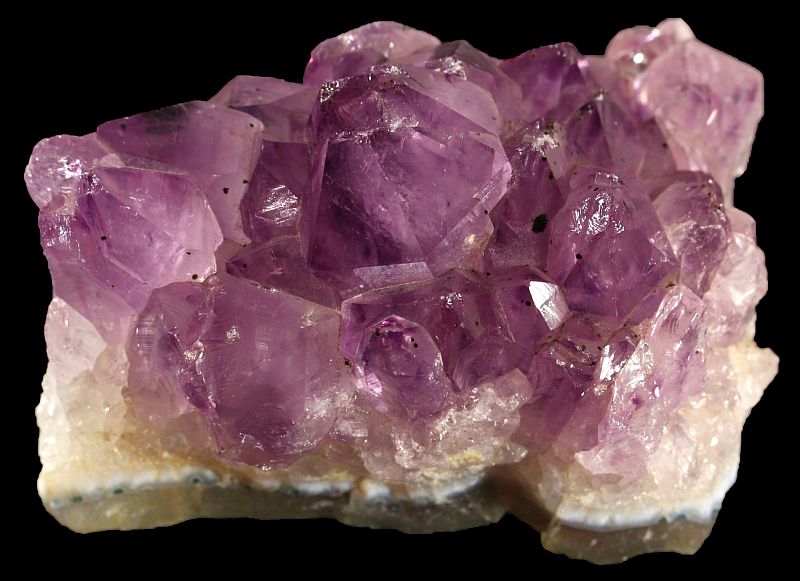
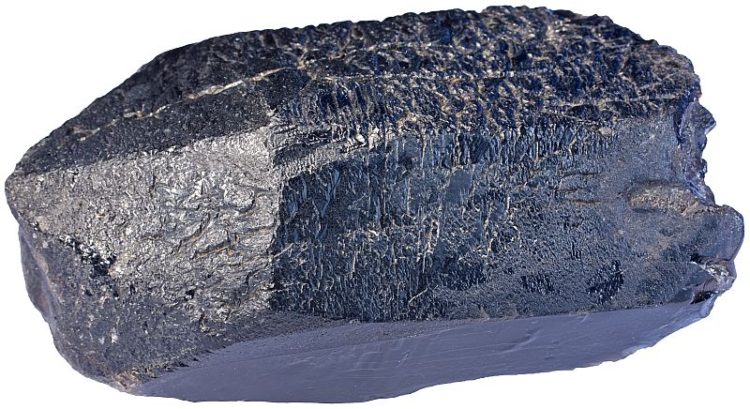
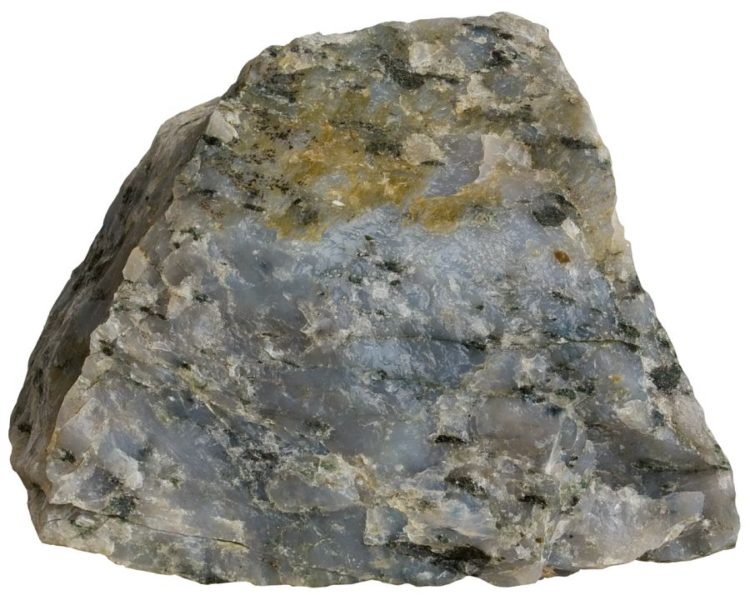
You may also like
References
1. Deer, W. A., Howie, R. A. & Zussman, J. (1996). An Introduction to the Rock-Forming Minerals, 2nd Edition. Prentice Hall.

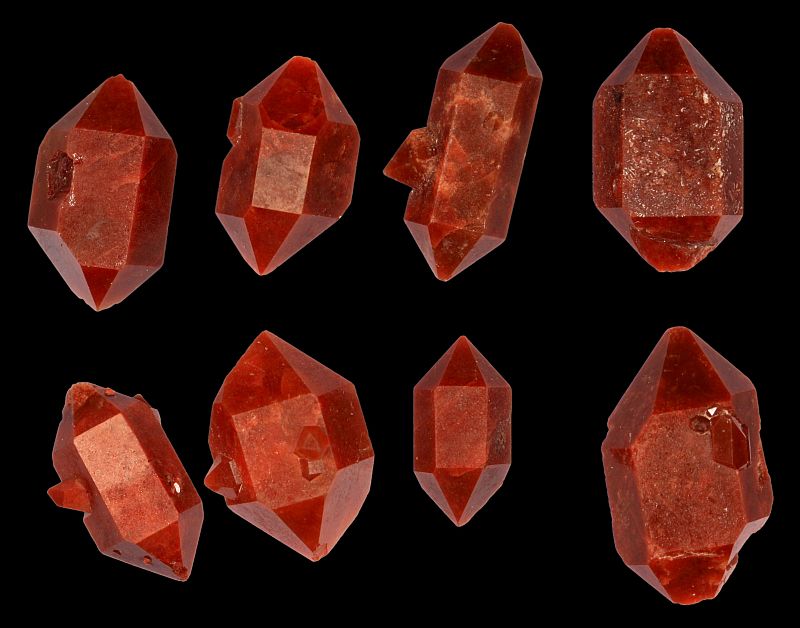
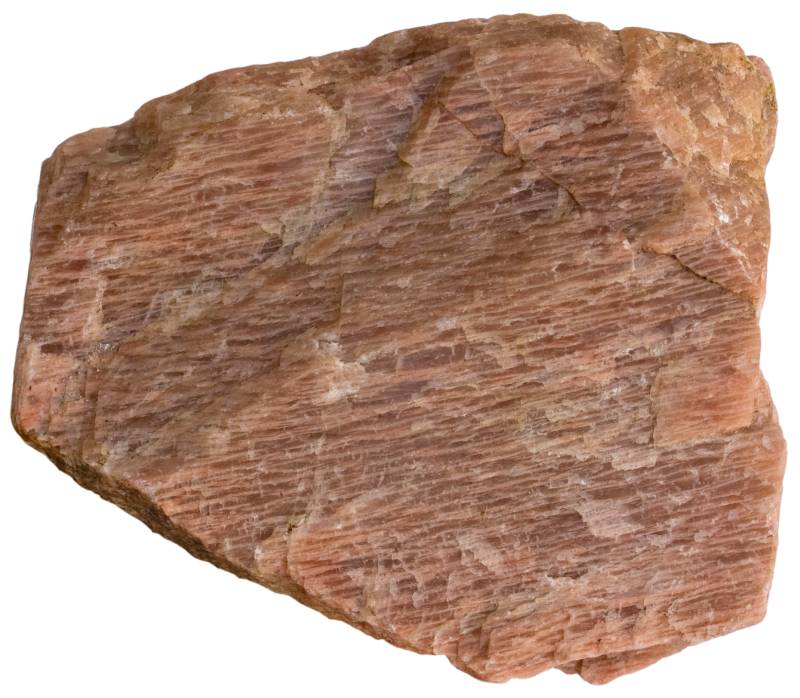
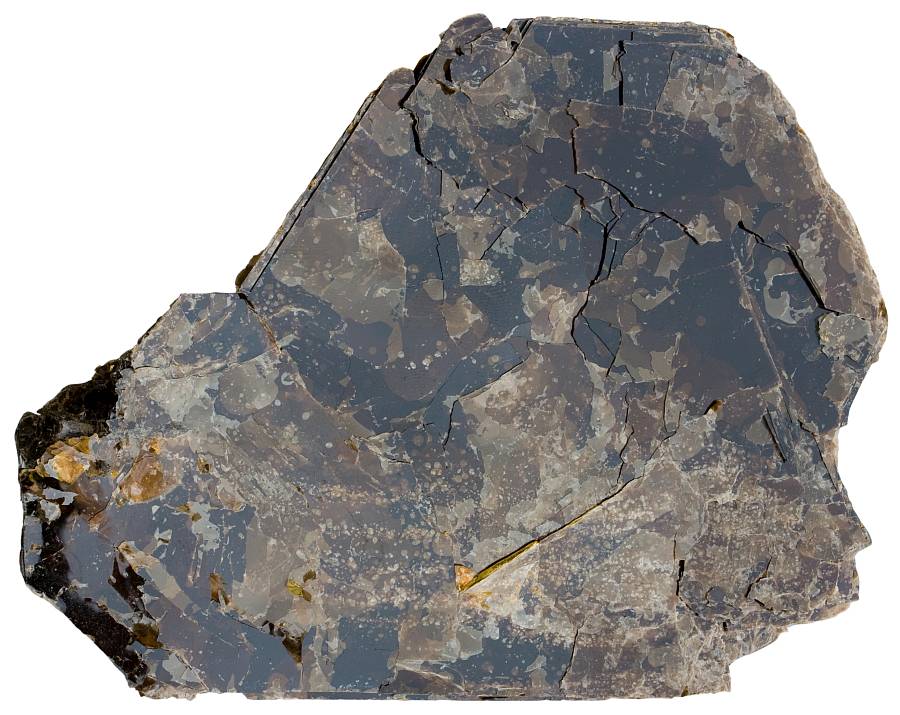
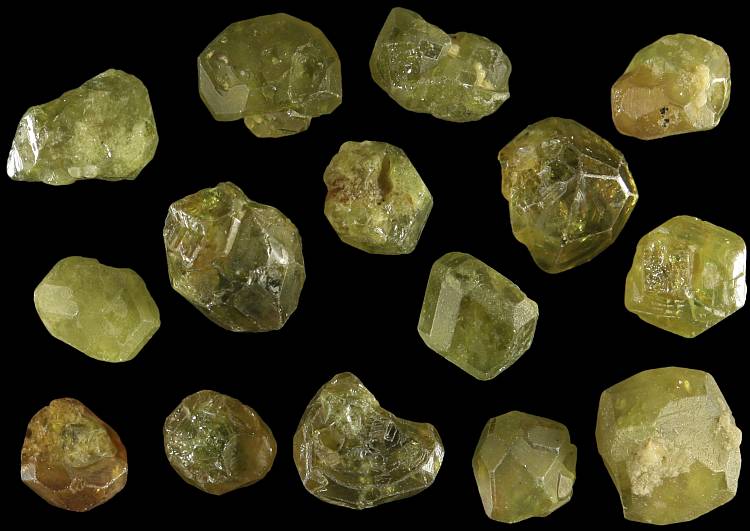
Please help me grandkids identify this rock. Is it ok to put in rock tumbler.
Ki ok
What is the use of these stones, I think I have white milky quartz on my farm amounting to huge rocks. They are pure white, like milk and sometimes turn to orange or burnt colours.